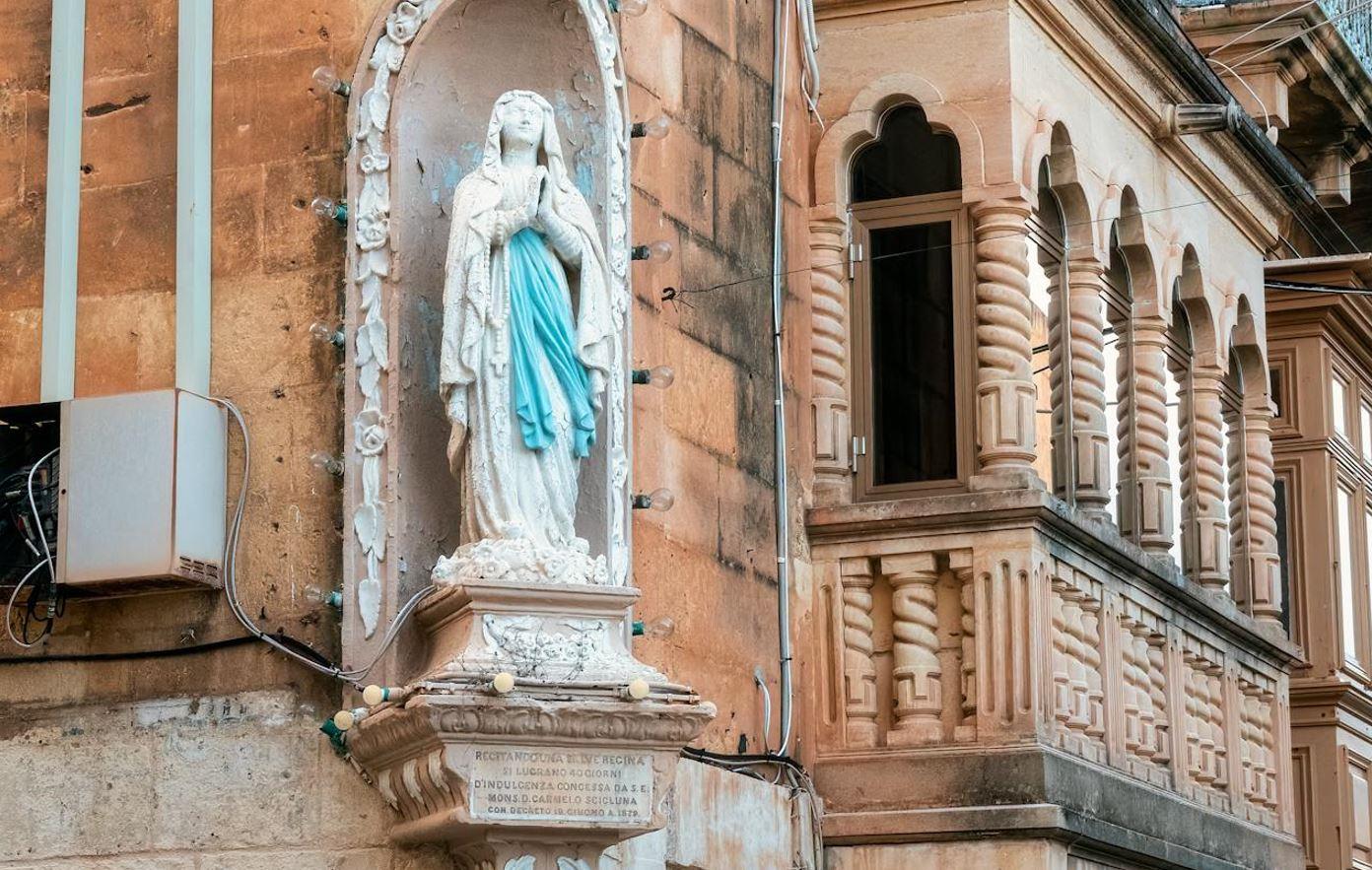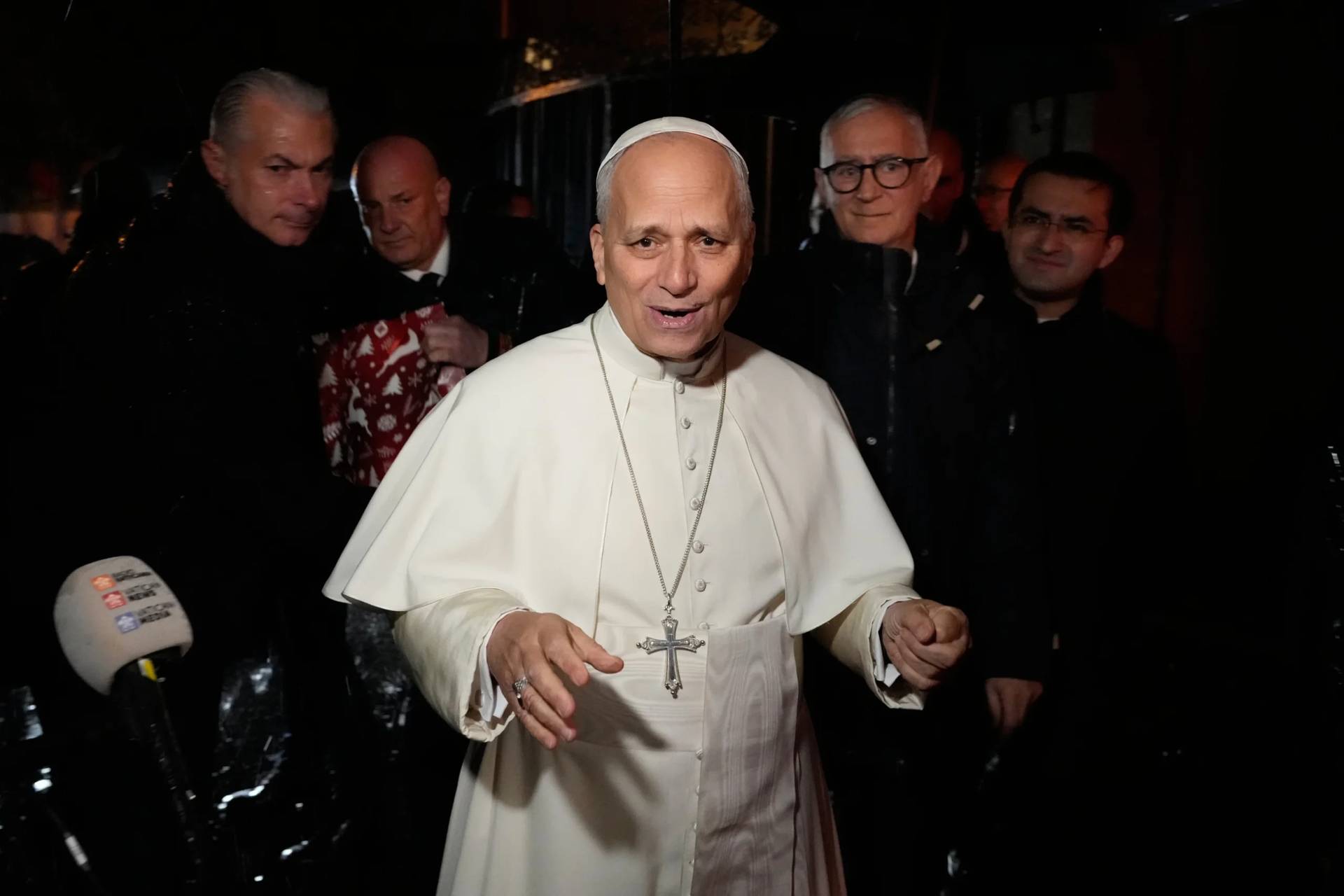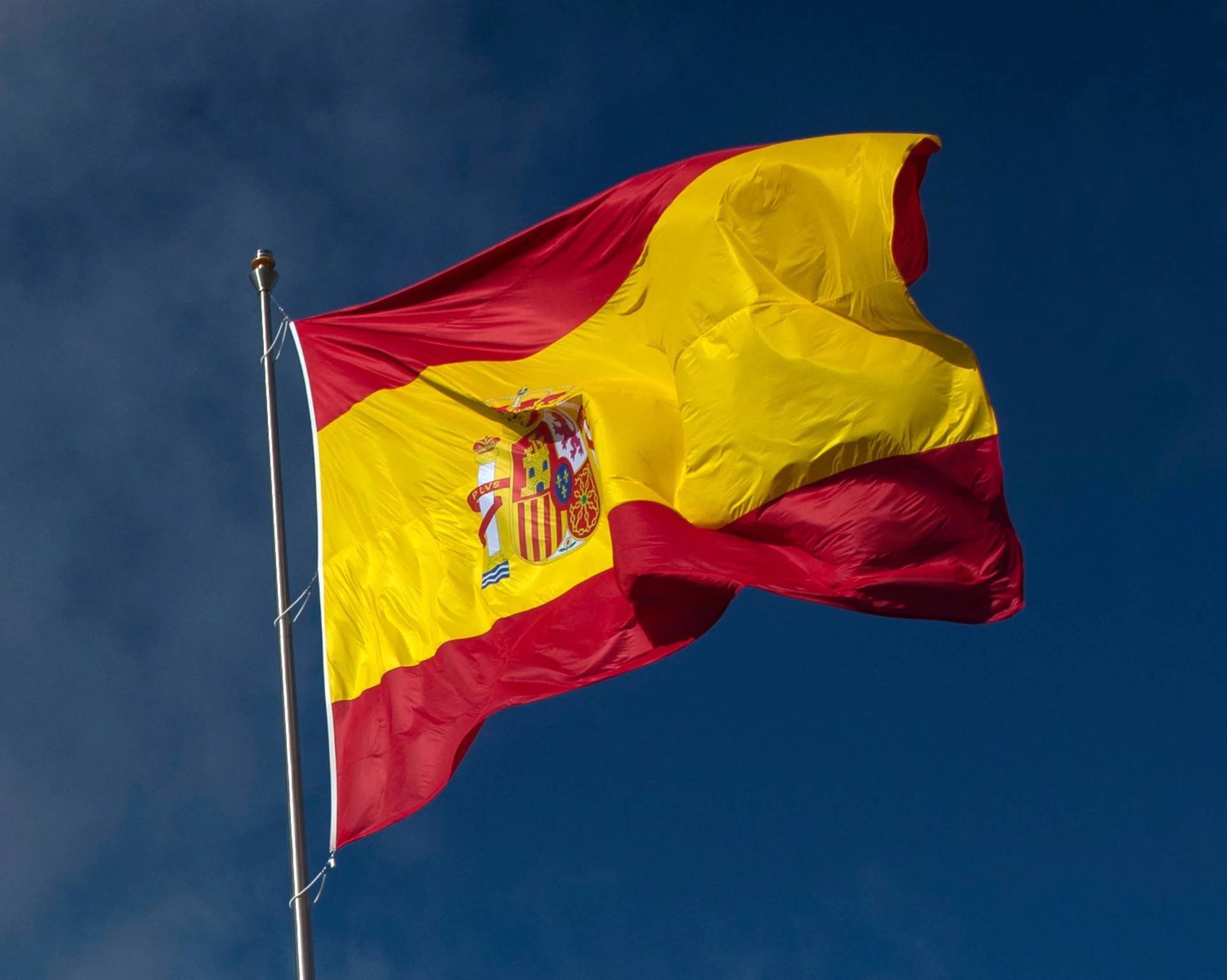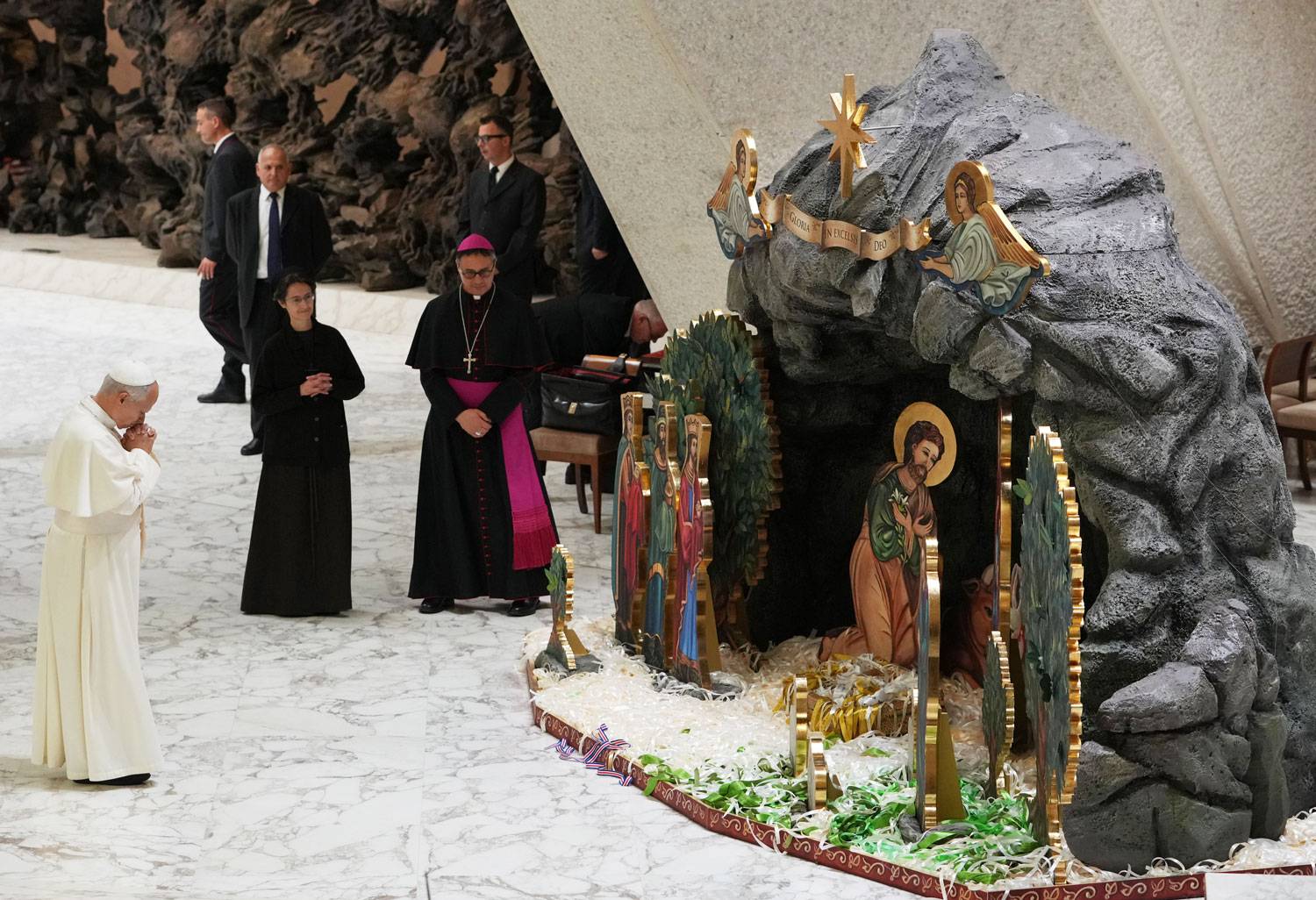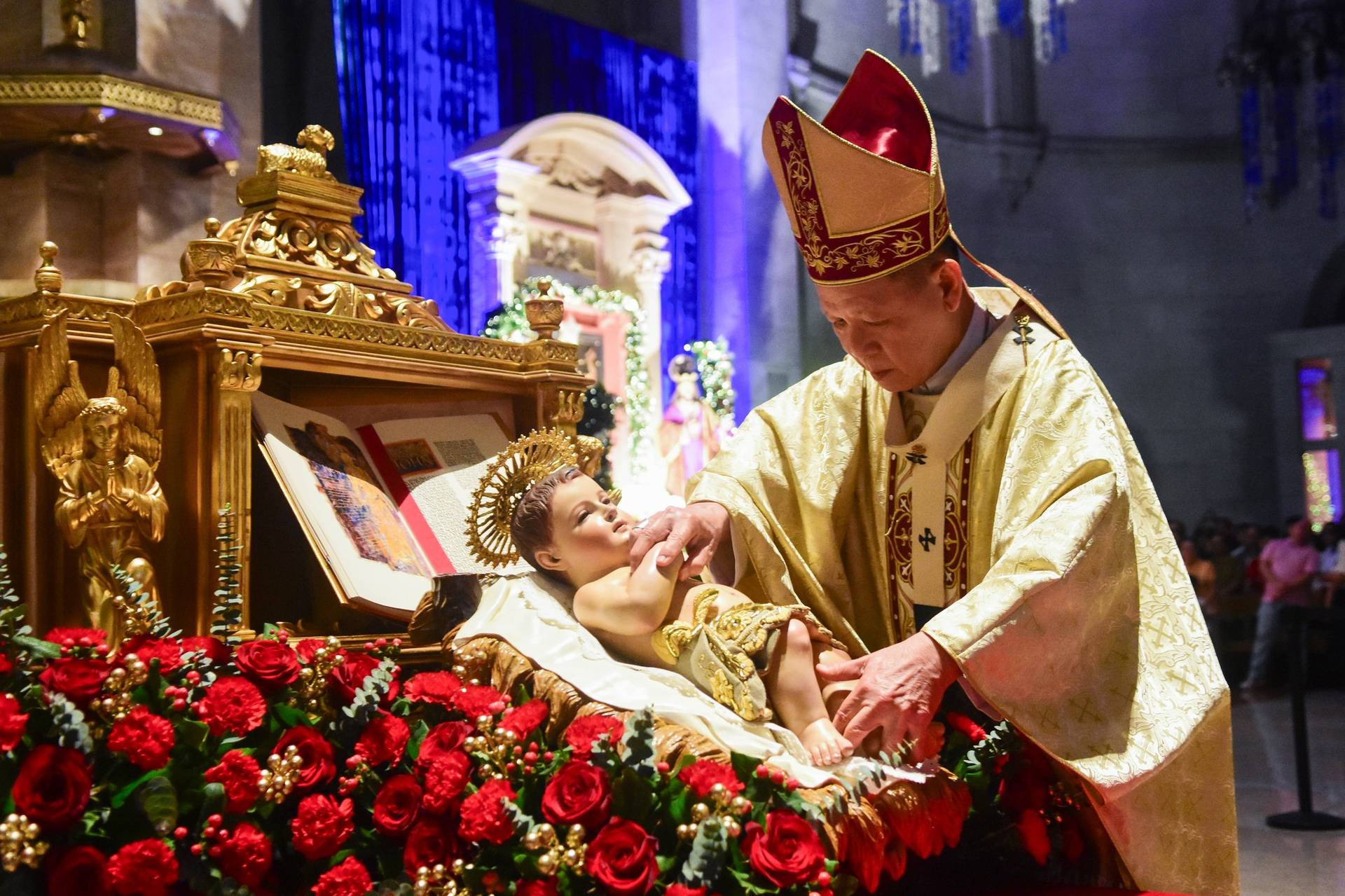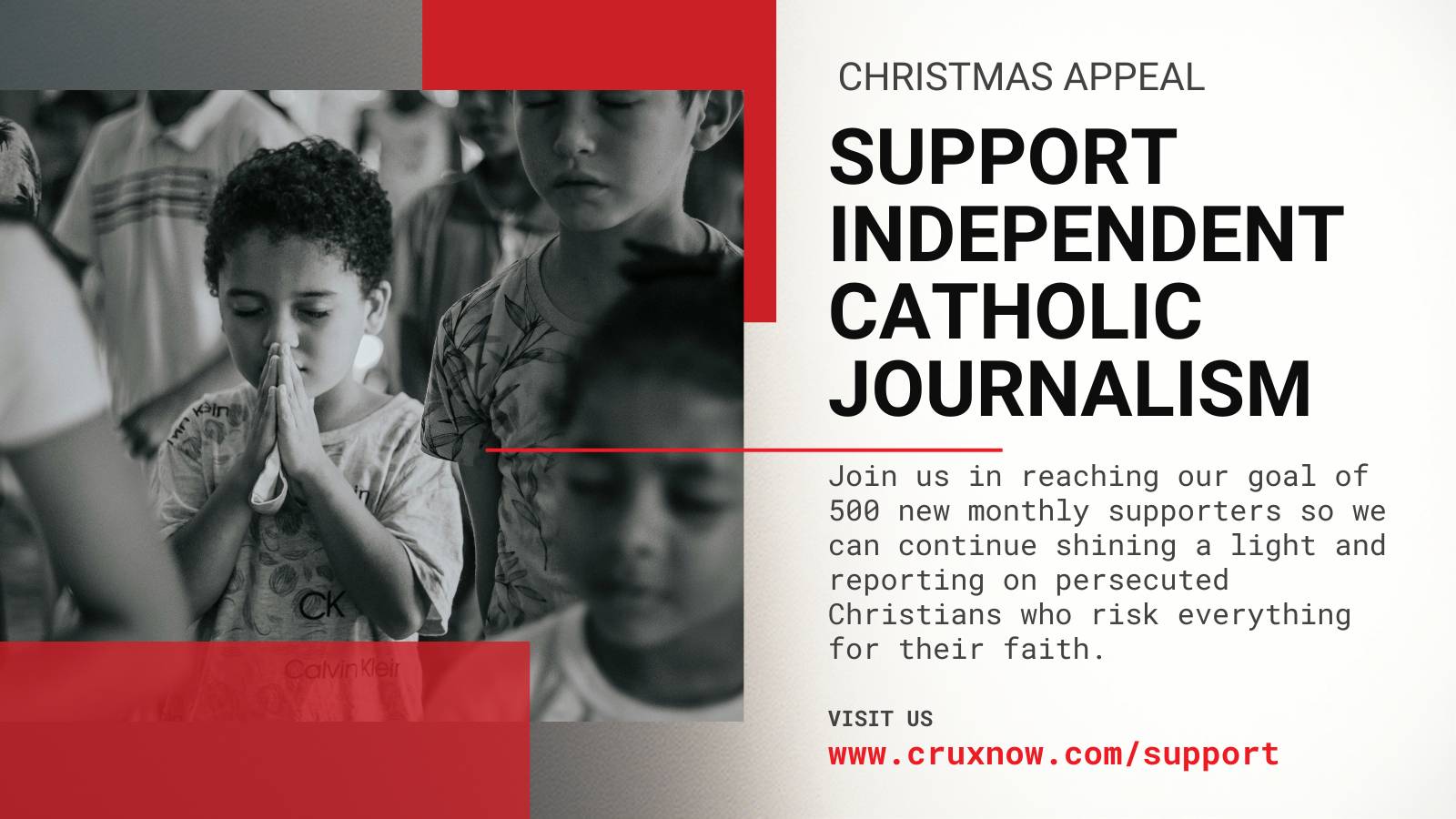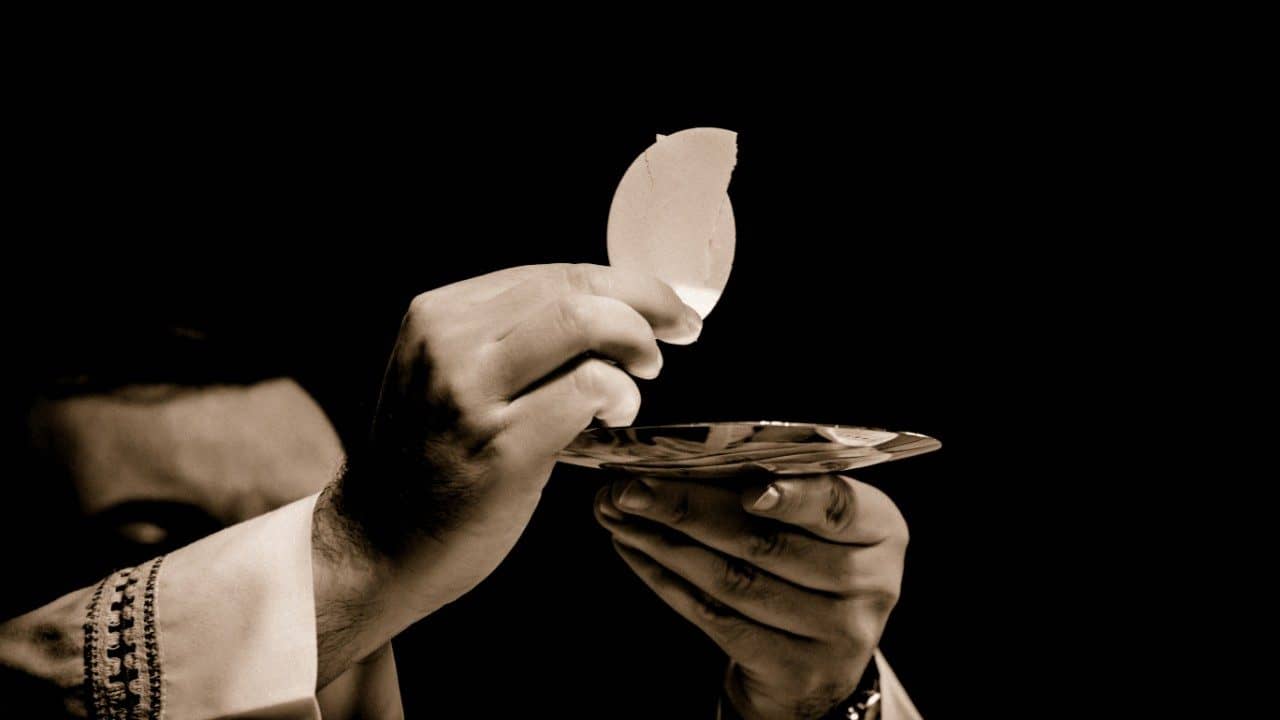The prayer of the Christian has a maternal dimension to it. Believers are encouraged to turn to Mary as their spiritual mother. As the Lord Jesus entrusted his heart to her, so we are called to do likewise. We can trust that Mary will soften our hearts and always guide us into a deeper relationship with Jesus Christ.
As we offer prayers to Mary, we can look to the formal prayers of the Church as a help and guide. Of the many prayers to Mary, the Ave, Maria – the Hail, Mary – stands out because of its biblical basis, antiquity, and popularity.
There are two main movements when we pray to Mary. The first is the praise that surrounded her holy life. The second is our trust and comfortability with her since she gave her son his humanity. The Catechism of the Catholic Church applies these two movements to the popular prayer.
The first portion of the esteemed prayer is about praise. The second portion is about our closeness to her.
The Catechism continues its summary of the Hail Mary and highlights the second part of the prayer: “Holy Mary, Mother of God: With Elizabeth we marvel, ‘and why is this granted me, that the mother of my Lord should come to me?’”
With the relative of Mary, we also wonder and echo, who are we that Mary has been given to us and comes to us in our need. It is a sincere question. Mary was made all-holy by God. She is a worthy vessel of the all-powerful God. Mary was created to be the mother of God. And yet, she comes to us. She makes haste to be beside us and walk with us as we seek to draw closer to God.
The Catechism gives us an answer as to why Mary would come to us: “Because she gives us Jesus, her son, Mary is Mother of God and our mother; we can entrust all our cares and petitions to her: she prays for us as she prayed for herself: ‘Let it be to me according to your word.’”
In giving the Lord Jesus his life, she is truly his mother. And the humanity of the eternal Son of God opens the way for us – in our humanity – to welcome and receive Mary in our own lives. It is the humanity of the Lord that is the pathway to accompaniment with Mary and access to the living God.
The Catechism teaches us: “By entrusting ourselves to her prayer, we abandon ourselves to the will of God together with her: ‘Thy will be done.’”
There is no trust that’s given to Mary that is not also a trust in God. When we welcome Mary, we welcome God. When we walk with Mary, we show an openness to God’s will just as she did in accepting her vocation as the mother of God.
The Catechism continues through the second part of the Hail, Mary: “Pray for us sinners, now and at the hour of our death: By asking Mary to pray for us, we acknowledge ourselves to be poor sinners and we address ourselves to the ‘Mother of Mercy,’ the All-Holy One.”
We are not meant to walk alone. We need Mary’s intercession and maternal guidance.
The Catechism continues: “We give ourselves over to [Mary] now, in the Today of our lives, and our trust broadens further, already at the present moment, to surrender ‘the hour of our death’ wholly to her care.”
In giving our lives to the Lord Jesus through his mother, we surrender everything to God’s providence. As Mary walks with us through life, we ask her to be with us at the moment of our death.
The Catechism emphasizes this point: “May [Mary] be there as she was at her son’s death on the cross. May she welcome us as our mother at the hour of our passing to lead us to her son, Jesus, in paradise.”
The prayer of the Christian is not a cold, removed, or white-knuckled practice in asceticism. There is a warmth, closeness, and encouragement to Christian prayer. These are found in many areas of prayer, but especially in the heartfelt and maternal prayers that are offered to Mary, the Mother of God and our mother.
To receive free, daily reflections from Father Kirby, please visit: dailydiscipleship.org.
